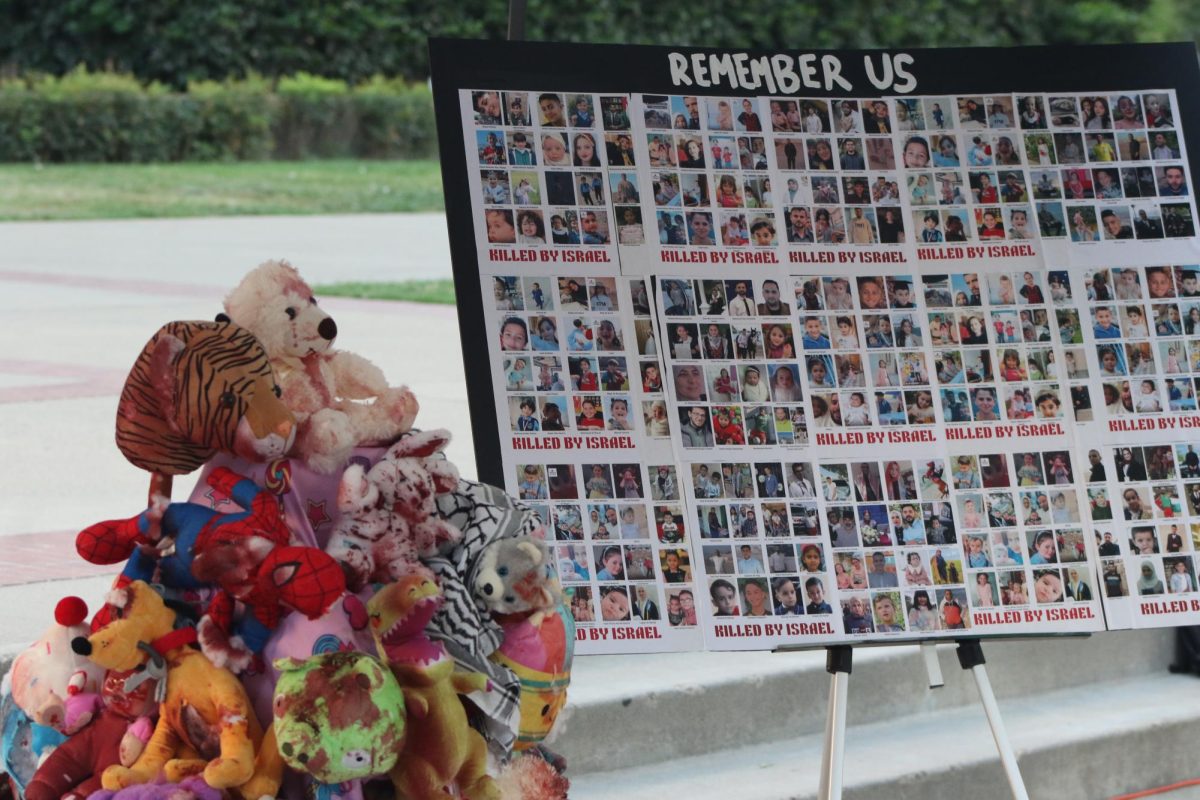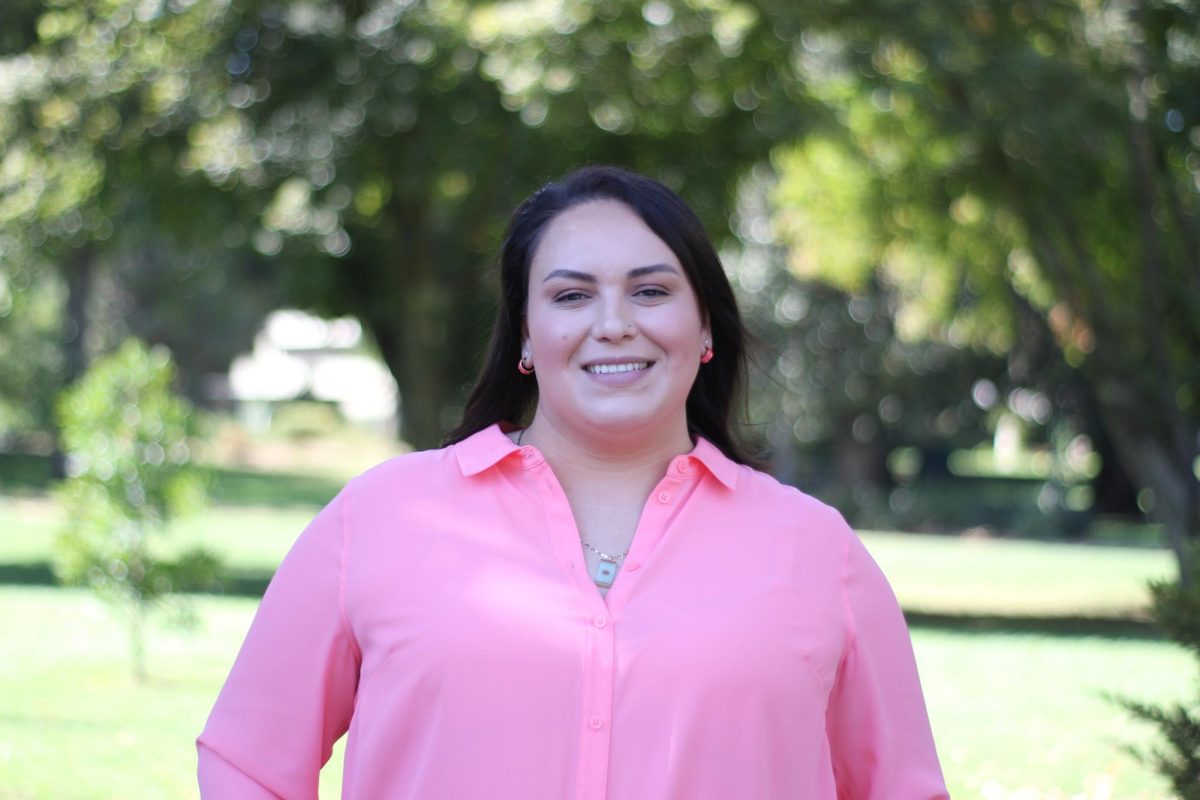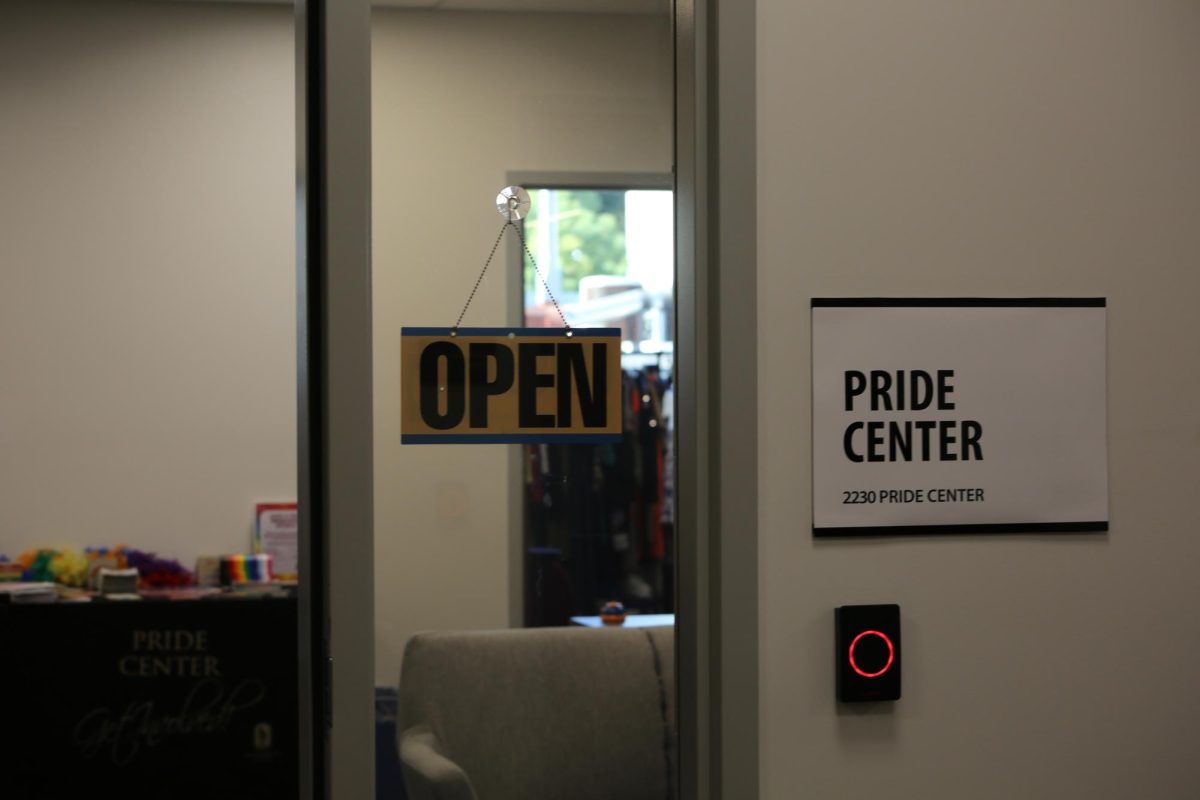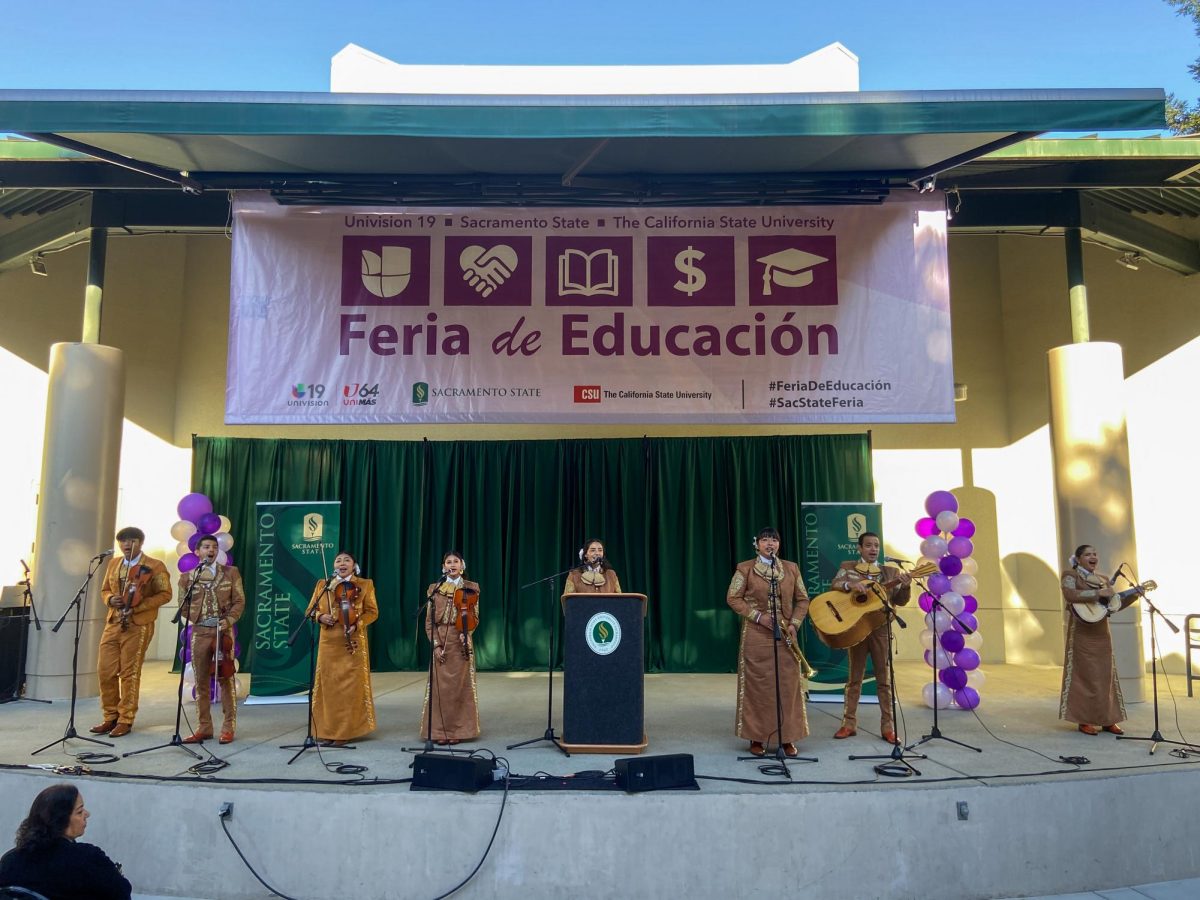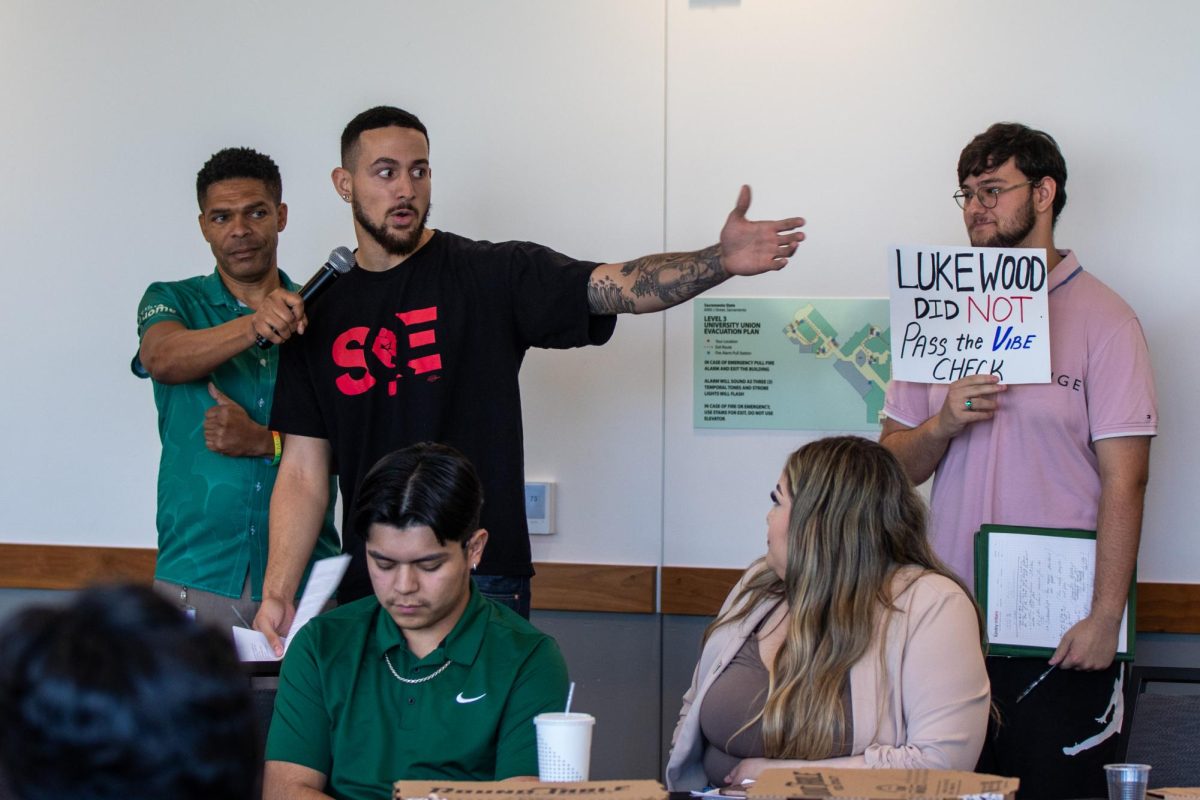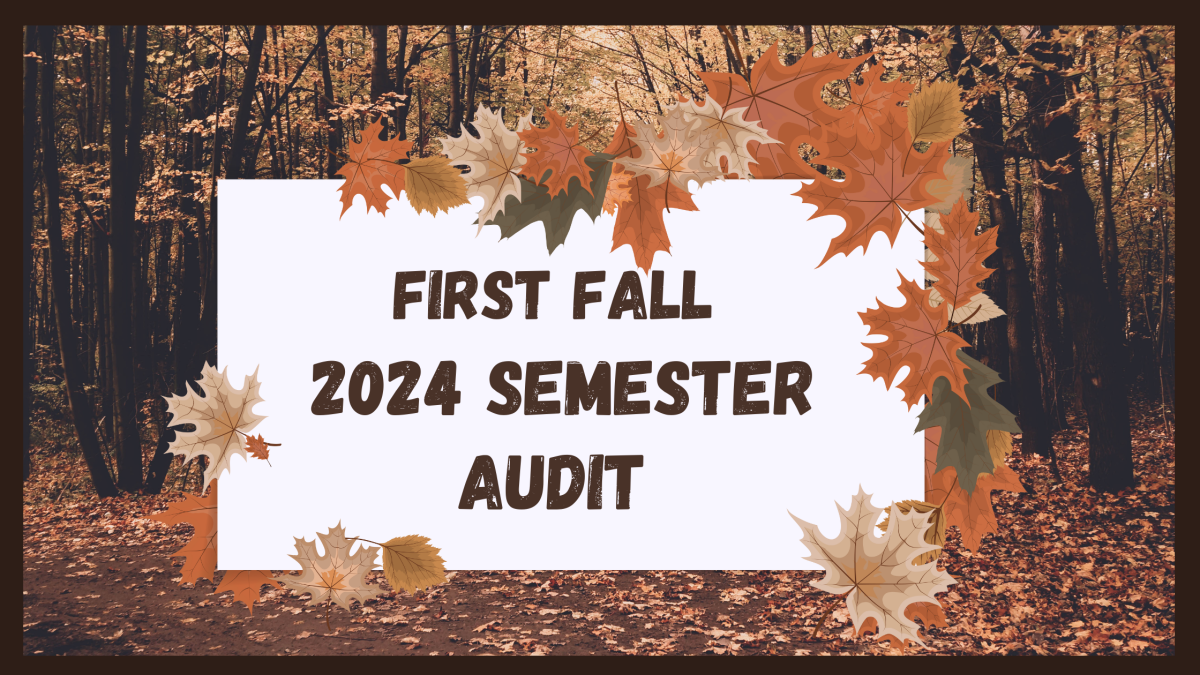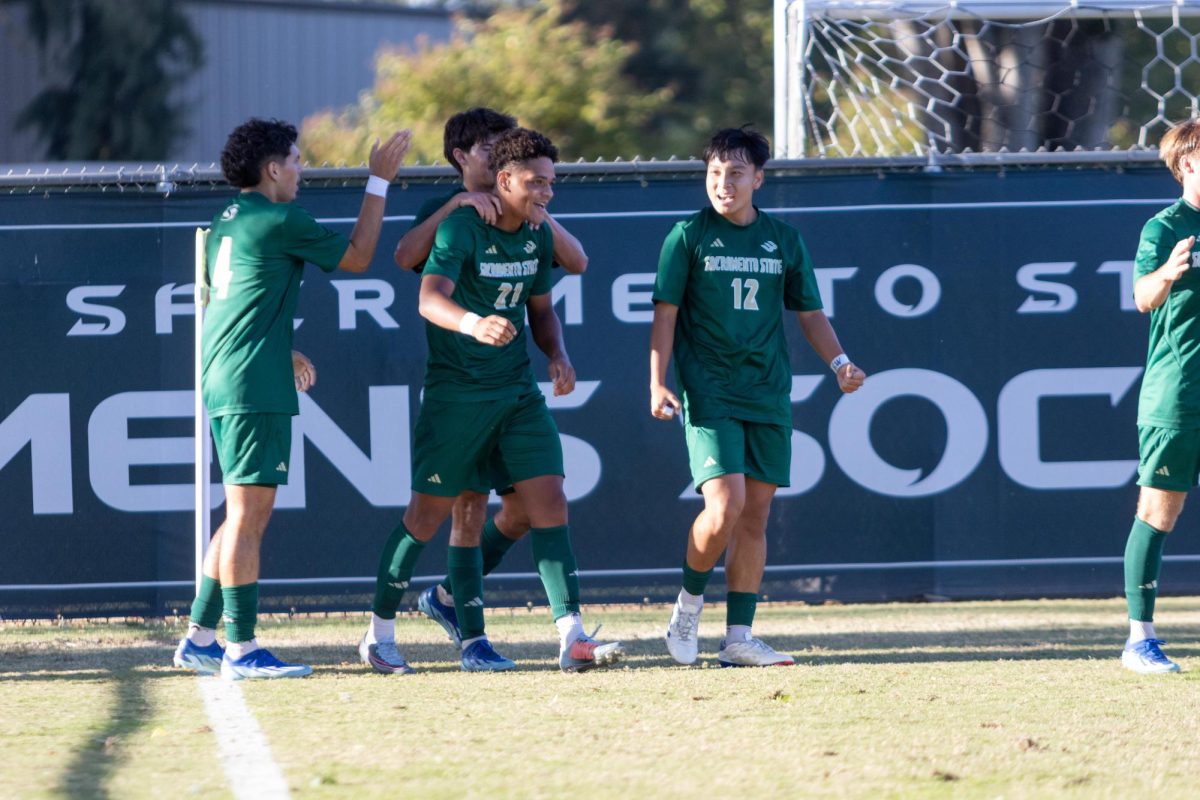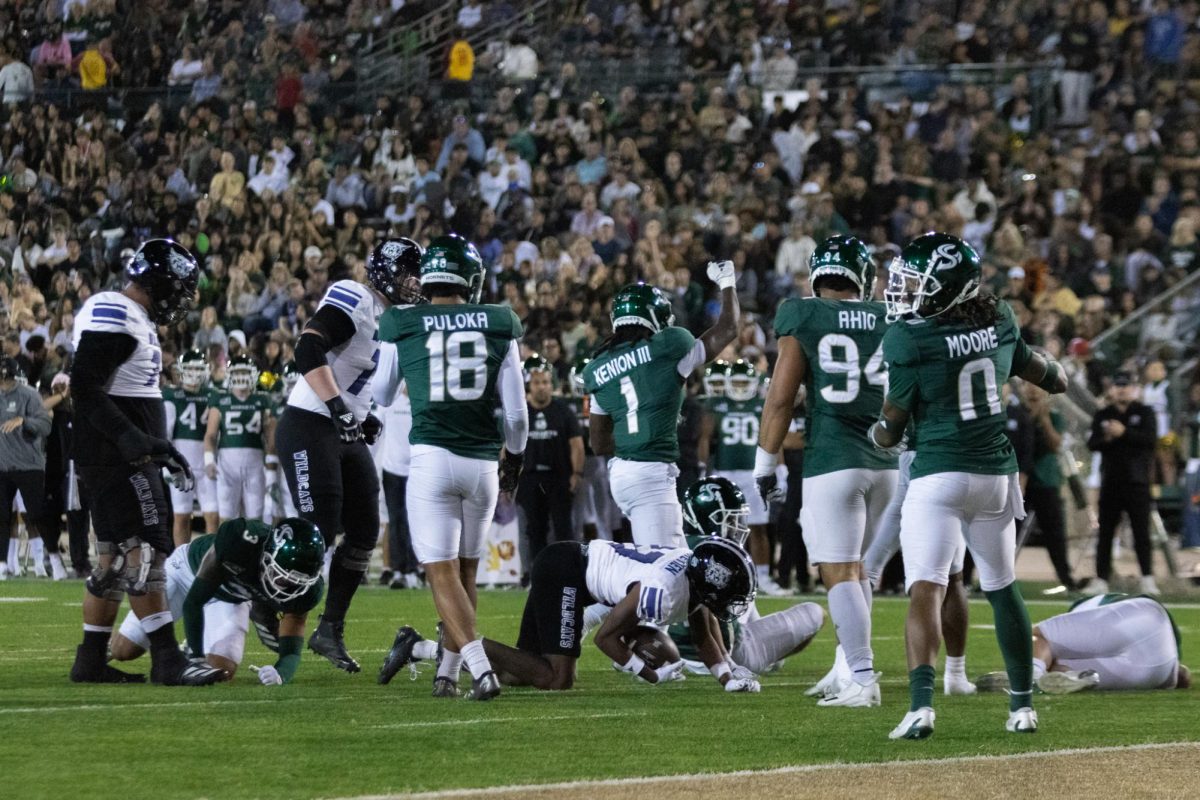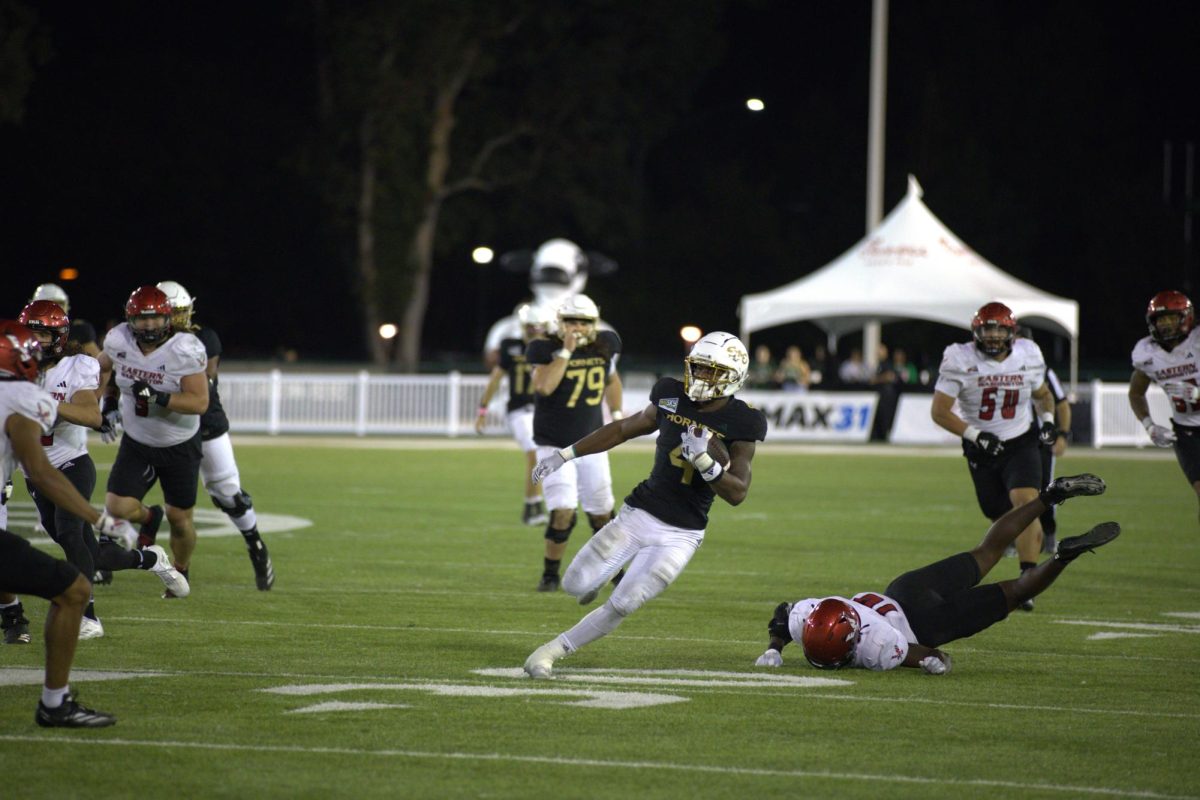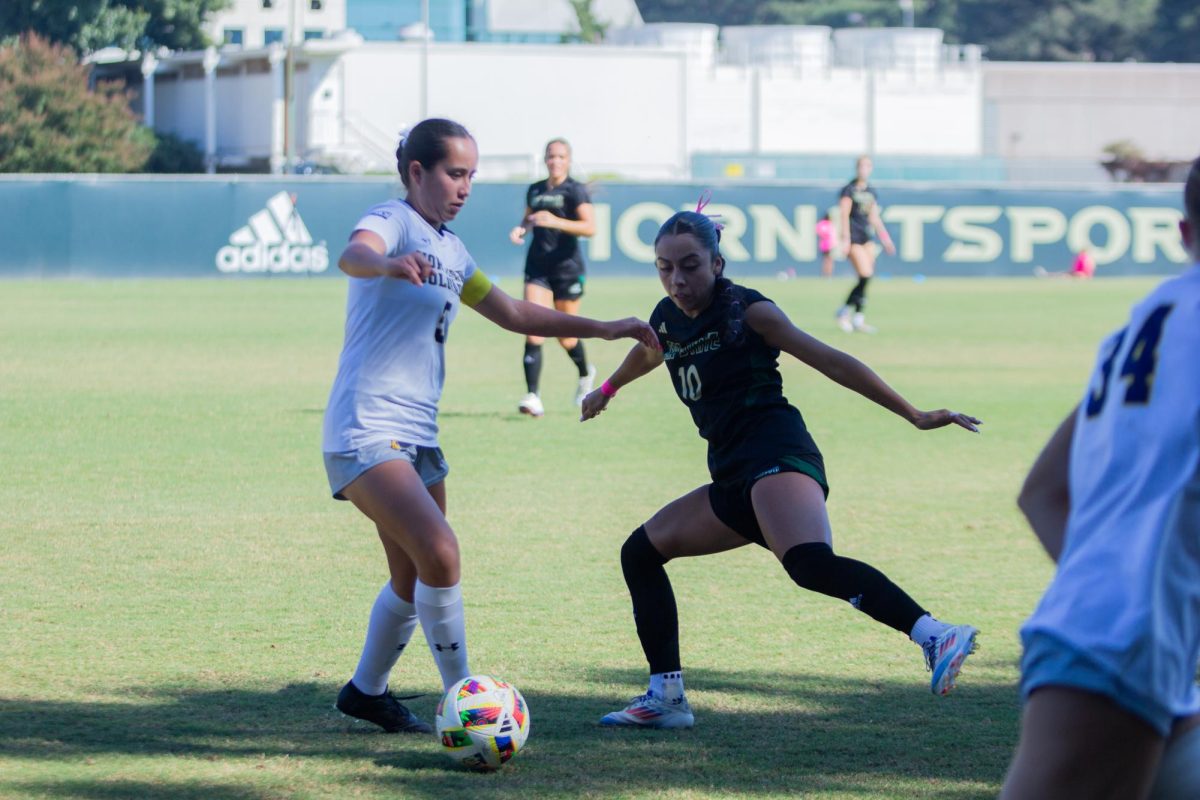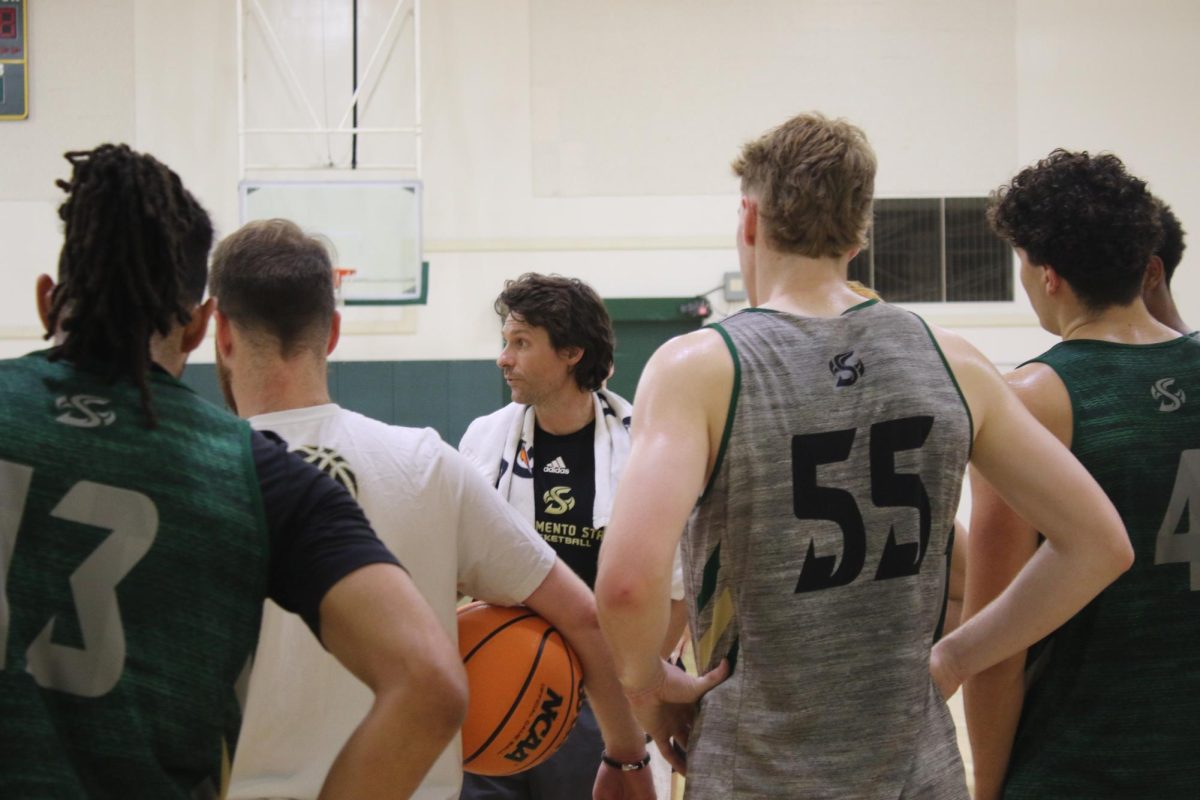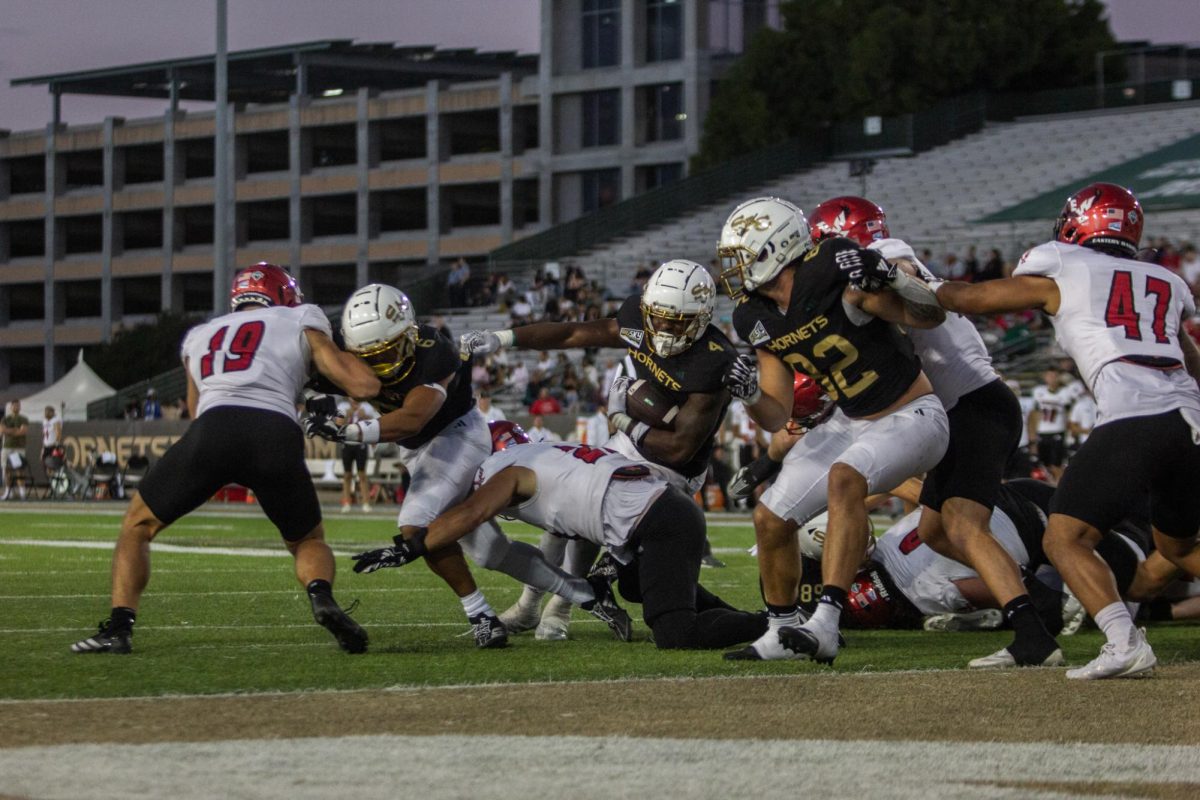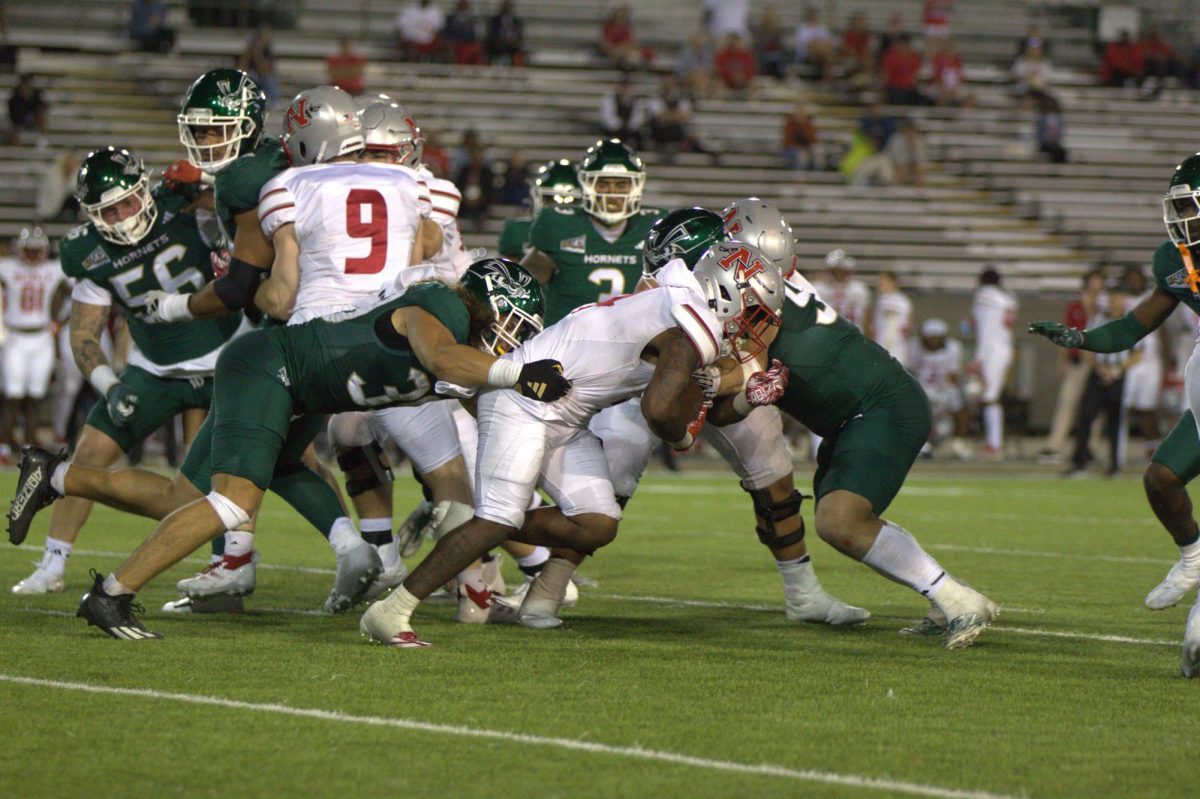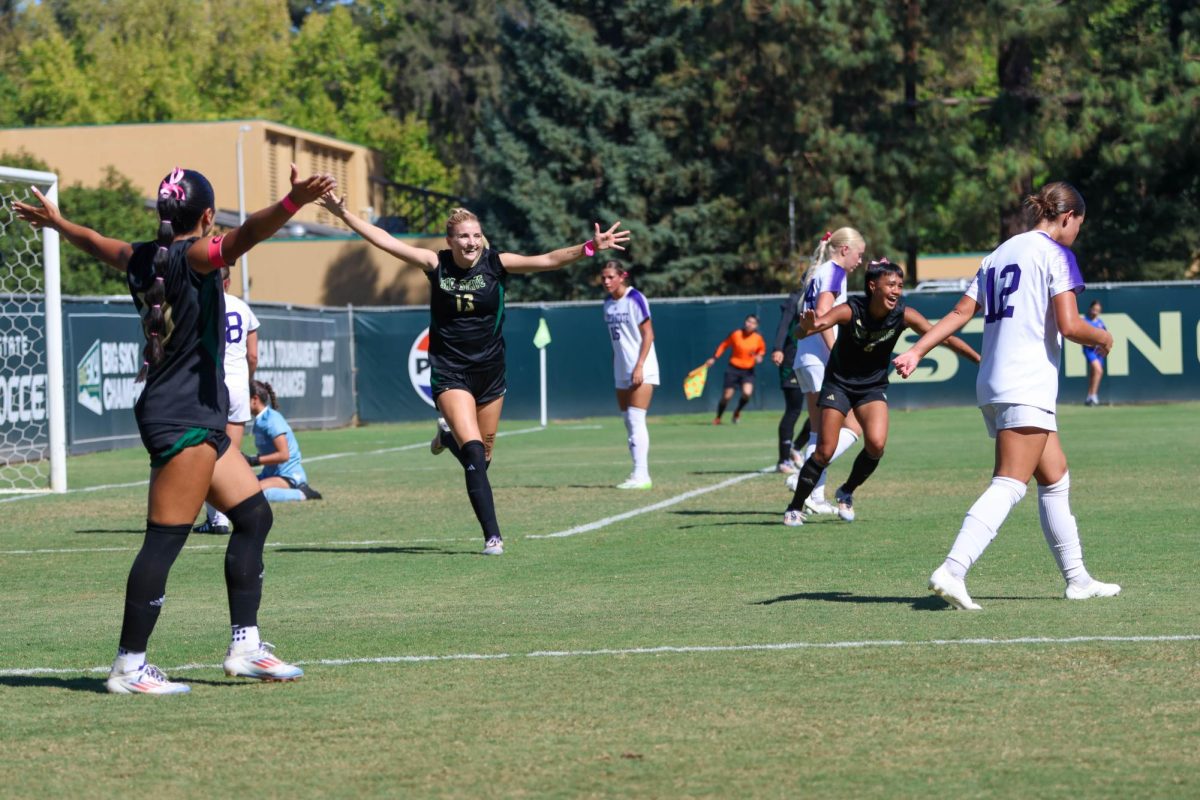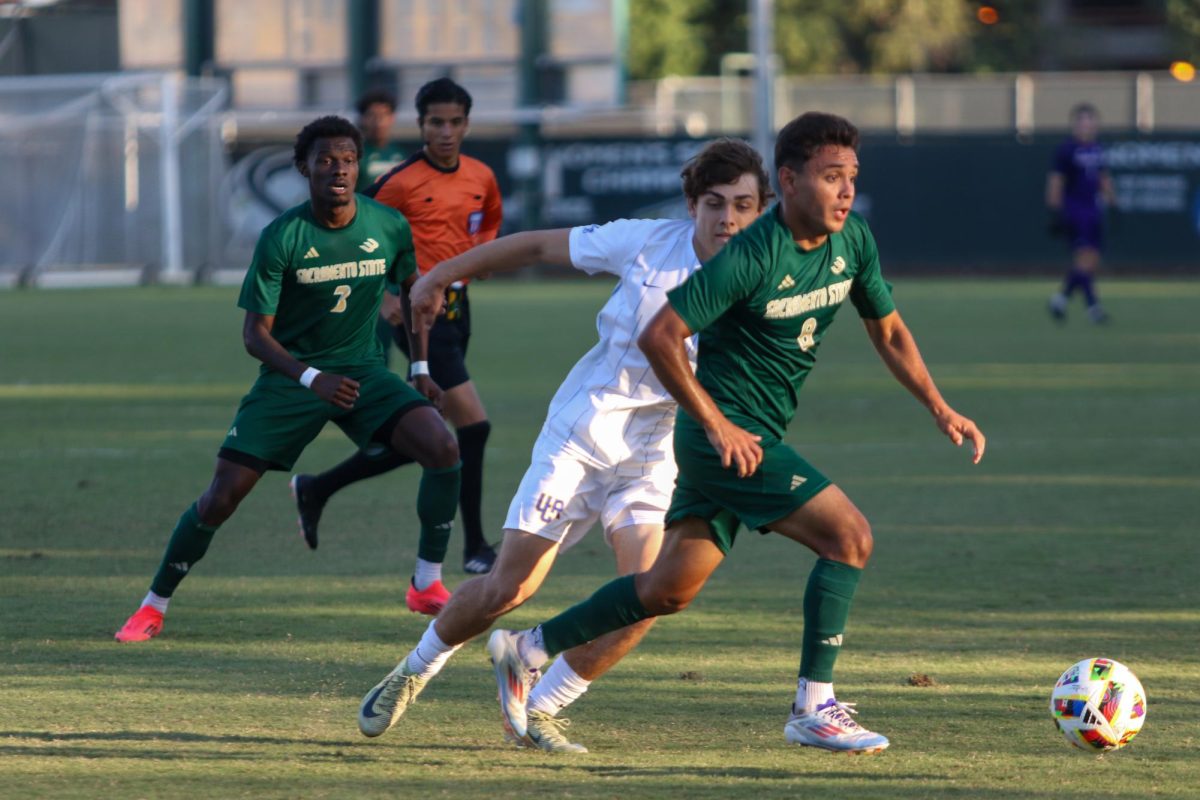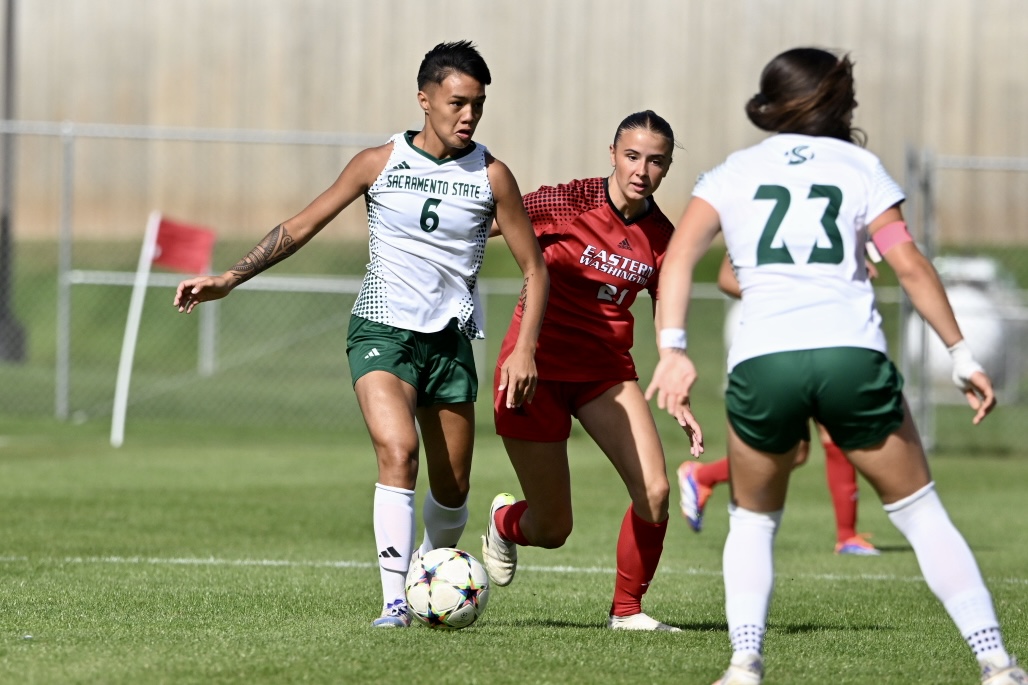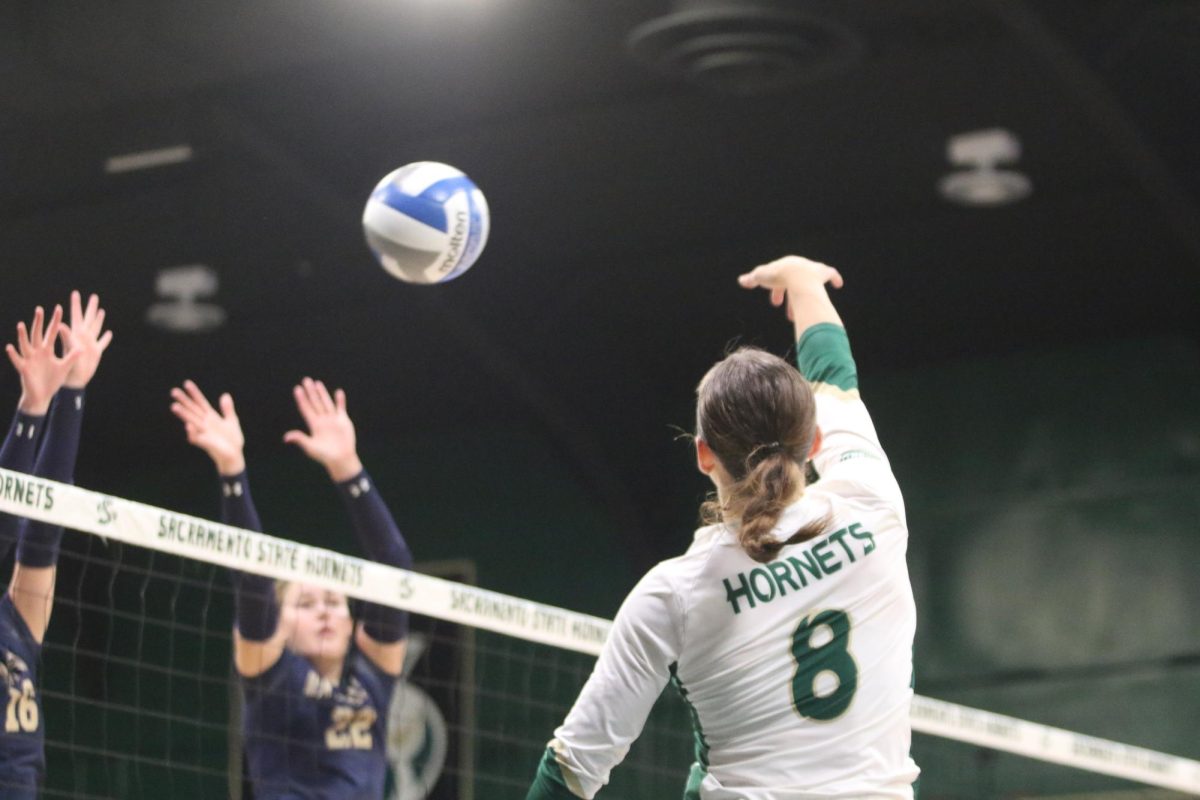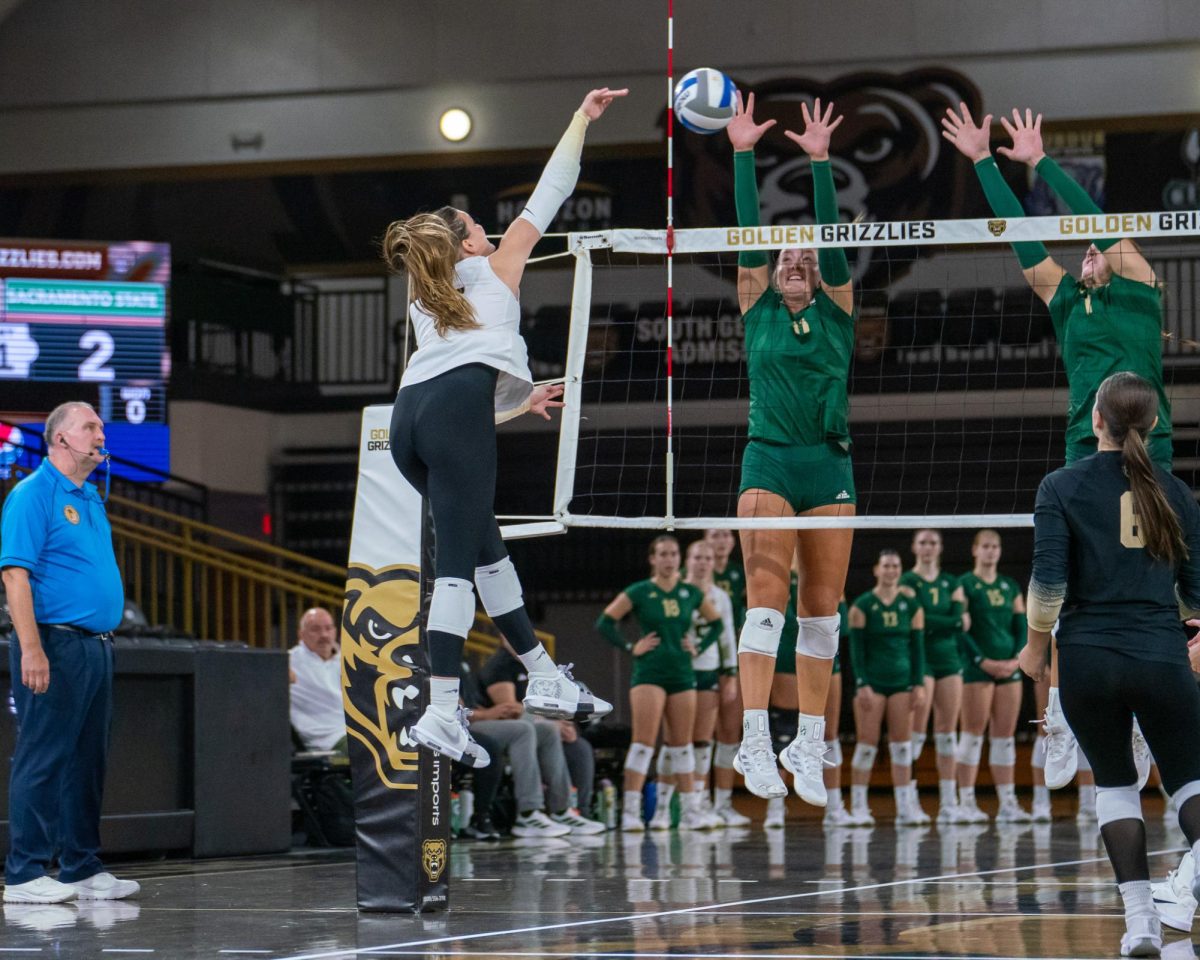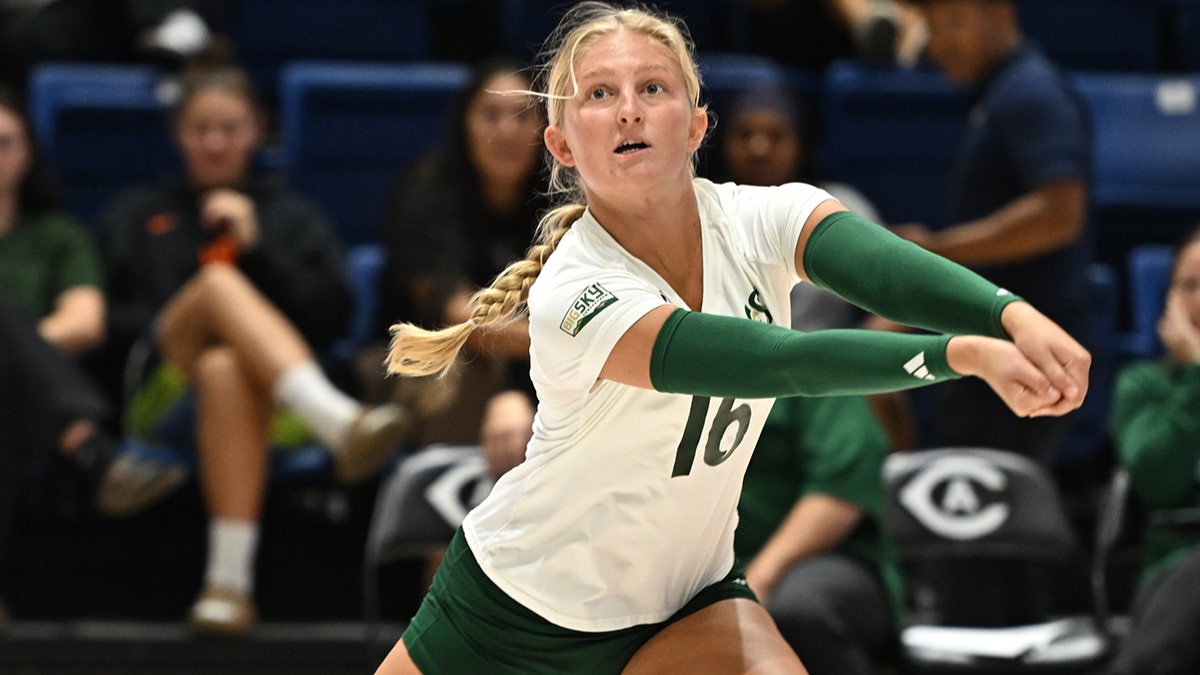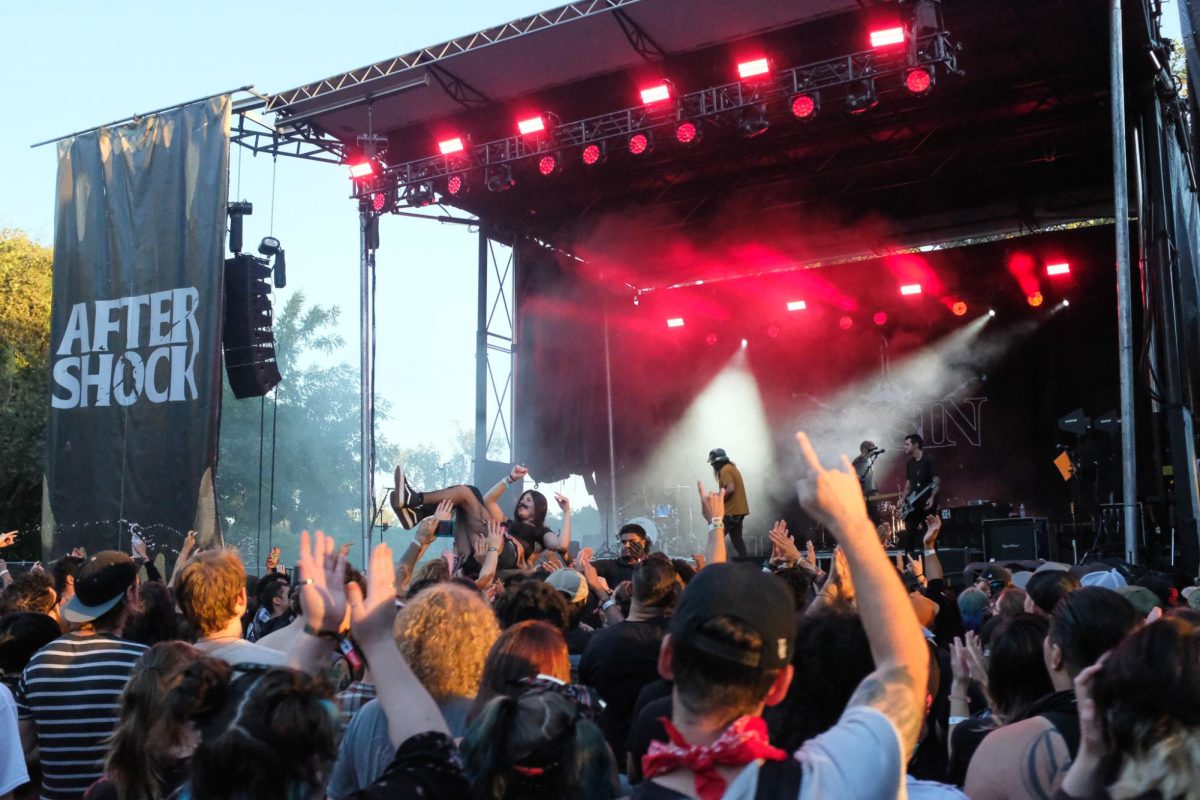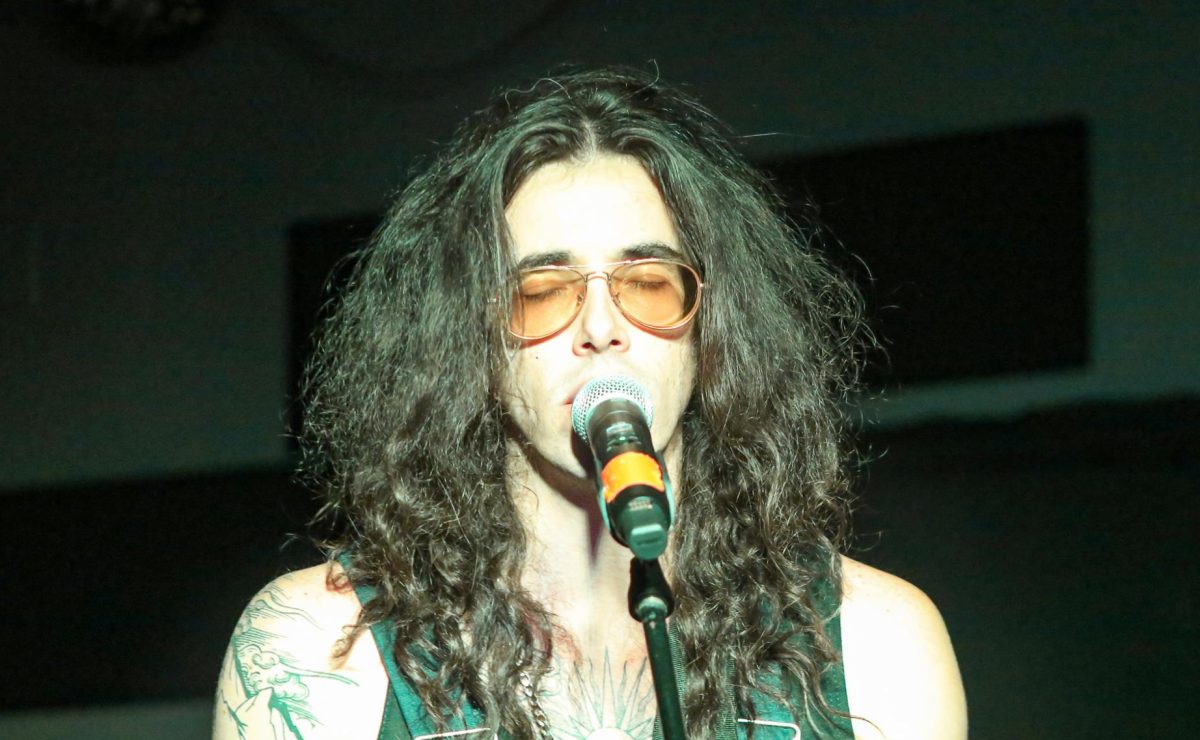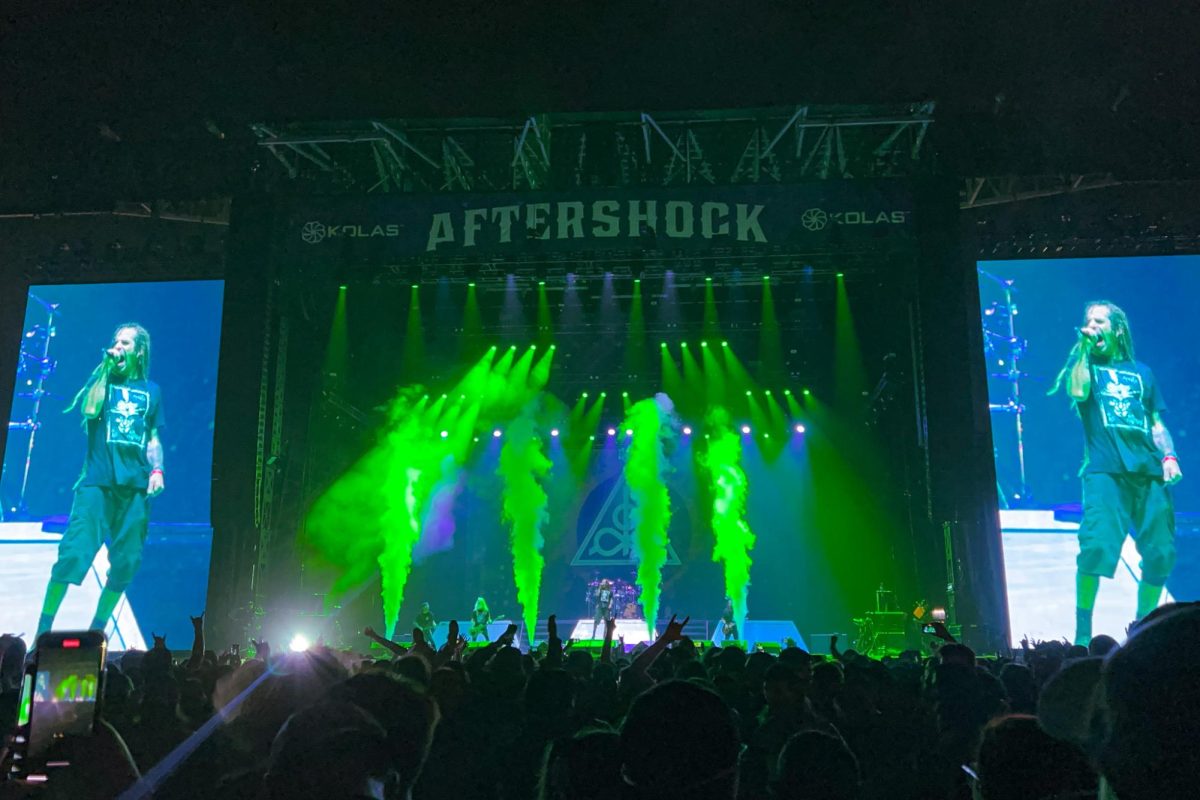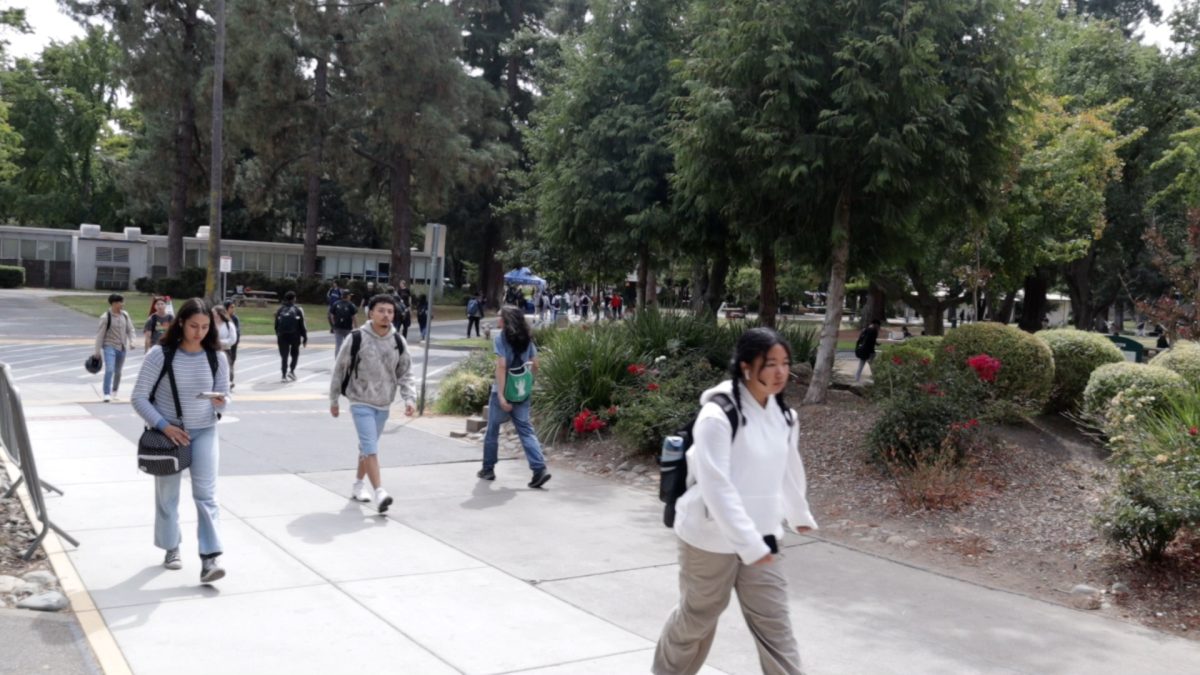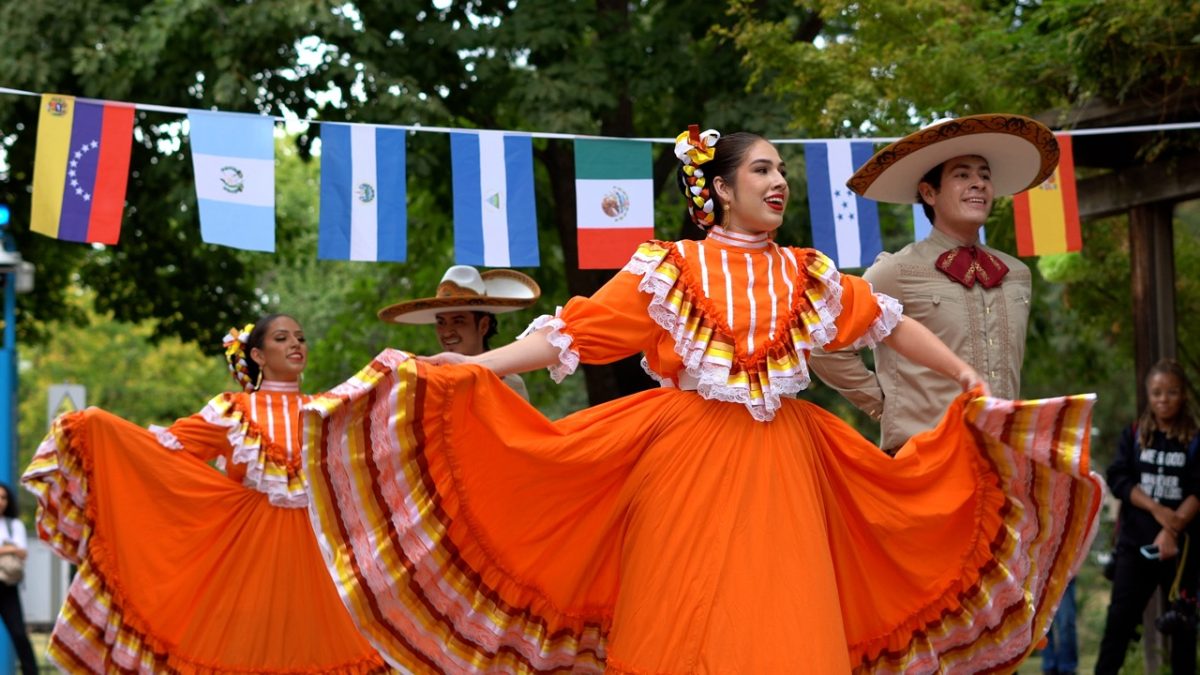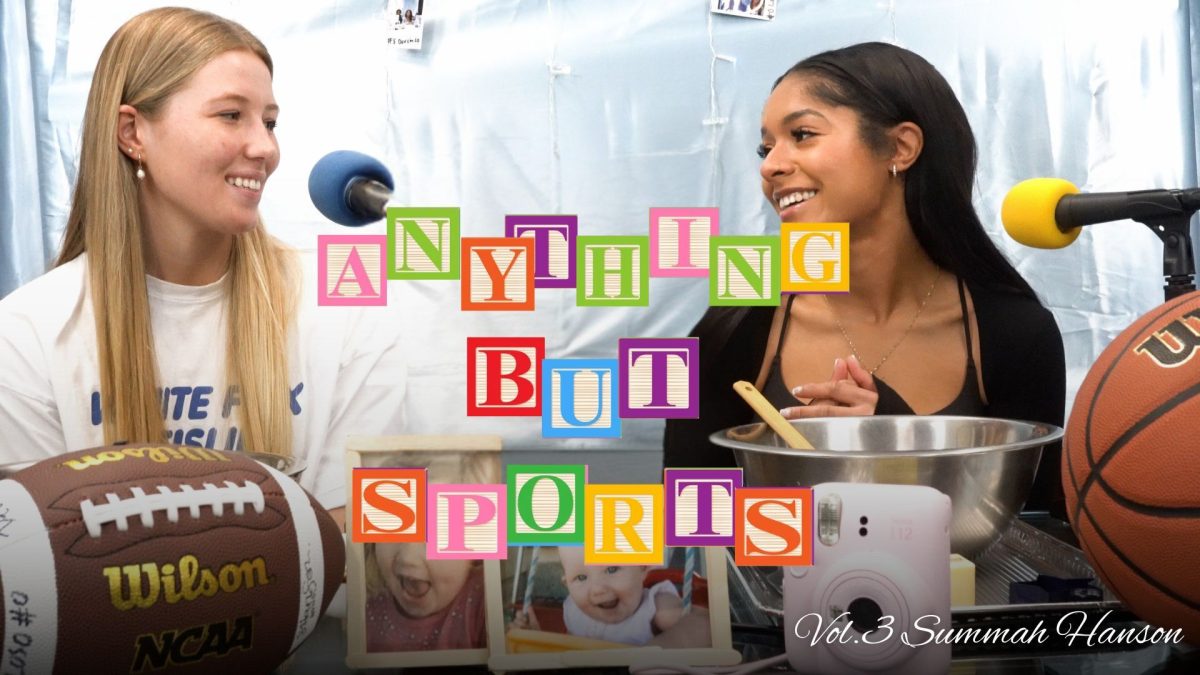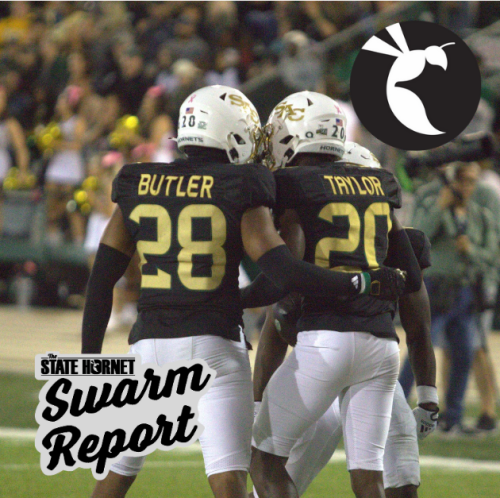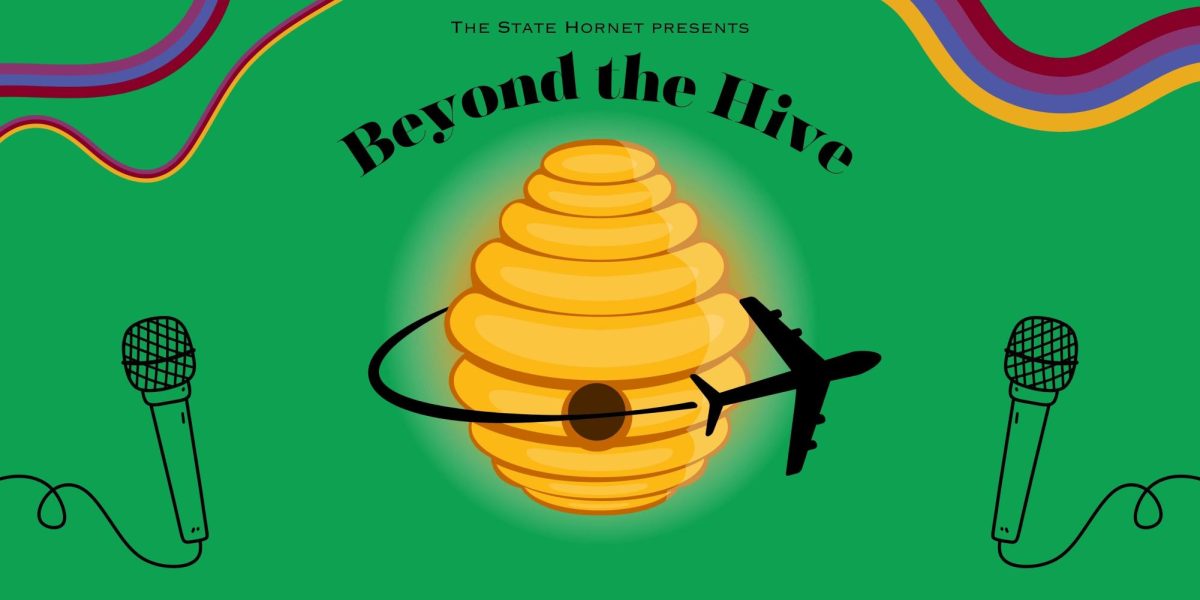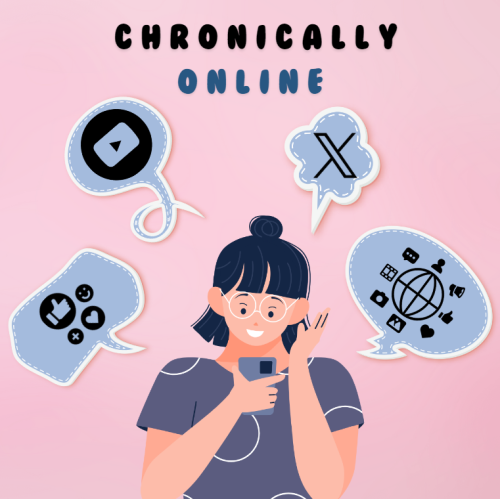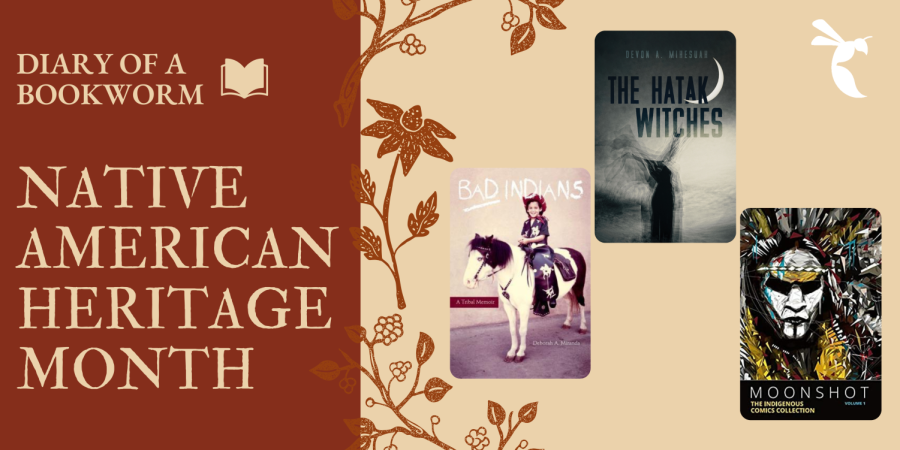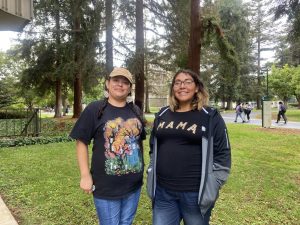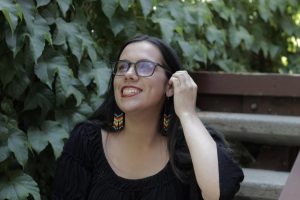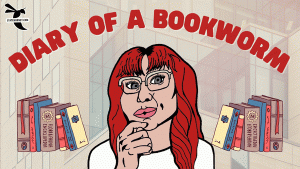Diary of a Bookworm: Celebrate Native American Heritage Month by reading these Indigenous novels
Diary of a Bookworm presents a special edition for Native American Heritage Month. Reading books such as “Bad Indians” and “Moonshot” can help educate people on Indigenous experiences and break stereotypes towards Native Americans. (Graphic created in Canva by Julie Blunt)
November 23, 2022
Dear diary, November is Native American Heritage Month. To celebrate and bring forward Indigenous voices, here is a list of Native authors and novels recommended by some of the Native and Indigenous community at Sacramento State.
Moonshot: The Indigenous Comics Collection
“Moonshot: The Indigenous Comics Collection,” edited by Hope Nicholson. is a collection of work from North American Natives “showcasing the rich heritage and identity of indigenous storytelling.”
This collection features graphic novel and comic book style stories that can be an interest to elementary school aged children while also educating and telling Indigenous stories.
The Marrow Thieves
Dimaline’s novel “The Marrow Thieves” is a dystopian science fiction based in a time where global warming has maddened the world, taking away the ability to dream from everyone except the Indigenous people of North America.
According to the Goodreads description, “The Marrow Thieves” is a story of a 15 year old and his companions who struggle for survival, attempt to reunite with loved ones and take refuge from the “recruiters” who seek them out to bring them to the marrow-stealing “factories.”
One reader said that not only does the novel have an Indigenous protagonist but “what shines is the Indigenous narrative about loss of culture, abuse and murder by a majority population, yet survival and resilience.”
Bad Indians: A Tribal Memoir
Taking a step away from fiction and stepping into a more local story of Indigenous lives, “Bad Indians: A Tribal Memoir” by Deborah A. Miranda, focuses on unpacking the mission unit embedded in California school curriculum with a compilation of newspapers and genealogy journals and diaries.
“I think this is a standout book, that while it might be difficult to read at times, and you go through a series of emotions reading it, I think this is one of the most important books that has been published in the last decade,” said Rose Soza War soldier, Professor of Native American Studies and Ethnic Studies at Sacramento State.
Dr. Rose said that she has assigned this book almost every semester since its publication and recommended it to anyone wanting to know more about the Californian Native American experience.
Ka’m-t’em: A Journey Toward Healing
“Ka’m-t’em: A Journey Toward Healing” by Kishan Lara-Cooper and Walter J. Lara Sr., is a novel that presents testimonials of “resistance, renewal, advocacy, resilience, beauty, and awakening.”
This novel is meant to expose the reader to Indigenous knowledge and hopes to “inspire reclamation of identity” and healing in order to connect with one’s truth.
Red Alert Saving The Planet with Indigenous Knowledge
“Red Alert!: Saving the Planet with Indigenous Knowledge” by Daniel R. Wildcat is a treatise full of Indigenous realism focusing on the ways that climate change is affecting the world from the perspective of Indigenous culture.
One reader said it’s a “very enlightening and thoughtful book about “indigenuity” and its impact on environmental concerns,” opening readers eyes as to what to focus on when looking at global warming.
The Hatak Witches (Detective Monique Blue Hawk #1)
“The Hatak Witches (Detective Monique Blue Hawk #1)” by Devon A. Mihesuah is a horror mystery novel in which a security guard is found dead at the Children’s Museum of Science and History in Norman, Oklahoma. Detective Monique Blue Hawk and her partner are on the case, but they soon find out there are bigger powers in play.
“The Hatak Witches (Detective Monique Blue Hawk #1)” is a supernatural police procedural with a Choctaw woman at the forefront. One reader said it’s “A descriptive, eerie & gruesome story that shifts in tone from horror to occasional humor and sometimes odd clichés.”
There There
Taking a look at another fiction novel, “There There” by Tommy Orange is a story of 12 Native characters traveling to the Big Oakland Powwow. The novel tells the story of urban Native American voices “grappling with a complex and painful history, with an inheritance of beauty and spirituality, with communion and sacrifice and heroism,” according to Goodreads.
Reviews of the novel consist of calling the book “thoughtful,” “ambitious” and “important,” telling Native stories that show Native’s aren’t their stereotypes.
Reading Native authors and stories not only supports the author, but allows readers to educate themselves on Indigenous experiences, even if those stories are told in a fictional or a graphic novel.
Sincerely, a bookworm.



